From wage subsidy and loan holiday extensions, to further stamp duty exemptions for new home buyers in New South Wales, it’s been a week of major announcements for Australians who had been anticipating a fiscal cliff at the end of September.
The ‘September cliff’, which could have plunged hundreds of thousands of people and businesses into devastating financial circumstances, is now looking more like a “September slope”, which is a positive turn of events for the economy and the property market, according to Nerida Conisbee, chief economist at realestate.com.au.

The extension of JobKeeper and mortgage freezes has been a positive turn of events for the property market. Picture: Getty
“Initially JobKeeper [payments] were going to cut out in September, along with mortgage loan holidays from the banks. We were headed from a situation that was supportive of the economy and supportive of property to a situation of no support,” Ms Conisbee said.
“[Now] government and financial sector support will be gradually tapered back, not abruptly cut off as was scheduled. Luckily for Australia, our government’s fiscal position is looking pretty good, relatively speaking, and our banks are cashed up. This puts us in a very good position to cope with the severe disruption to our ability to work properly.”
Ms Conisbee said the extension of JobKeeper payments at reduced rates until March 2021 – and a further four months of mortgage relief for eligible mortgage holders (detailed below) – will prevent high levels of mortgagee sales, help stabilise property prices and promote consumer and business confidence as the country wades through the economic fallout from COVID-19.
“Hopefully over the next six months we see a continued improvement in the economy. Things are unlikely to go back to normal anytime soon, but at least we’re getting more used to working in this very abnormal environment,” she said.
The government is taking a long-term view of COVID-19
The move to extend JobKeeper is proof that the federal government realises that COVID-19 will be a long term issue for many Australians.
According to Thursday’s July Economic and Fiscal Update, weighing up the devastating impact of the health crisis on the economy, unemployment in Australia is expected to peak at 9.25% by Christmas. That’s another 240,000 people out of work.
The current unemployment rate sits at a 22-year high of 7.4% with some 992,000 people jobless.
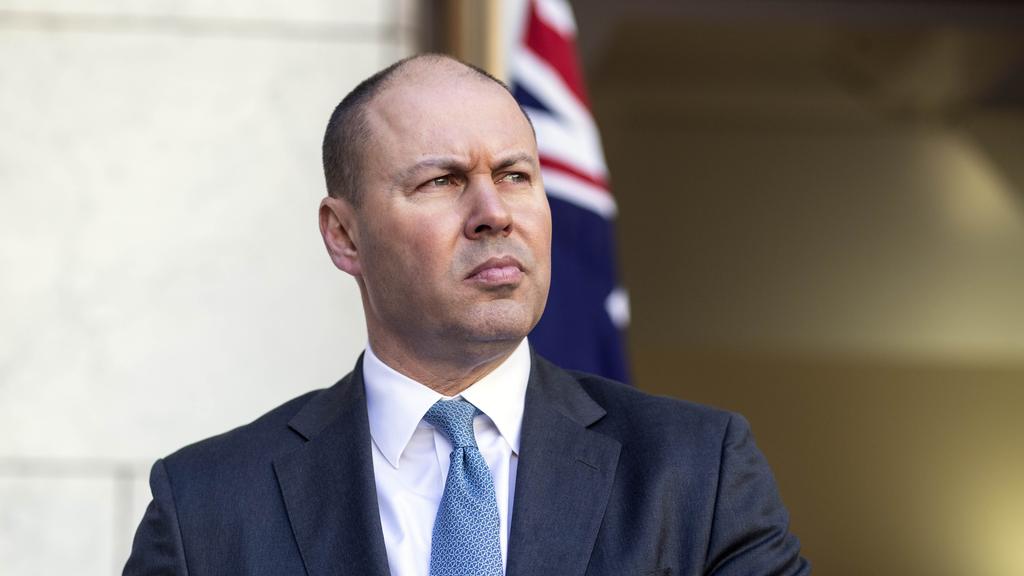
Treasurer Josh Frydenberg says unemployment is expected to rise above 9% by Christmas. Picture: Getty
In addition, Treasurer Josh Frydenberg confirmed the nation is facing its biggest budget deficit since World War II.
The forecasts for unemployment indicate that it is going to remain high for some time, said executive manager of economic research at realestate.com.au, Cameron Kusher.
“In previous recessions we have seen that it takes a long time for the unemployment rate to return to its pre-recession levels. Even after the Global Financial Crisis [in 2007], the unemployment rate in Australia has never returned to its pre-GFC levels, Mr Kusher said.
“The federal government itself has stated that without JobKeeper the national unemployment rate would be well above 10%, compared to the 7.4% it is currently… so the gradual tapering of support measures, rather than an abrupt removal in September, should help minimise the spike.”
Higher rates of unemployment will likely have repercussions for the property sector, particularly if the economy doesn’t pick up by the time renewed JobKeeper payments and mortgage holidays expire.
“With stimulus now in place until next year, depending on how the economy and COVID-19 infections are sitting, we may just be delaying the economic problems until later, but that will remain to be seen,” Mr Kusher said.
A property price plunge is unlikely
Earlier this year, some property analysts predicted that Australian property prices could plunge by as much as 30% by the end of the year, if coronavirus restrictions were extended for six months. But with support measures set to remain in place beyond September, the impact on pricing will be minimal, said Ms Conisbee.
“The September cliff would have had a far more dramatic impact on pricing because the end of mortgage freezes and less support from government would have led to a declining ability for many people to service home loans, forcing them to sell up,” she said. “The end of JobKeeper would definitely have had an impact but the banks withdrawing support would have had a very big impact, particularly in some locations.
“So pricing is not going to go anywhere for now, and we’re unlikely to see the plunge that was forecast early on.”
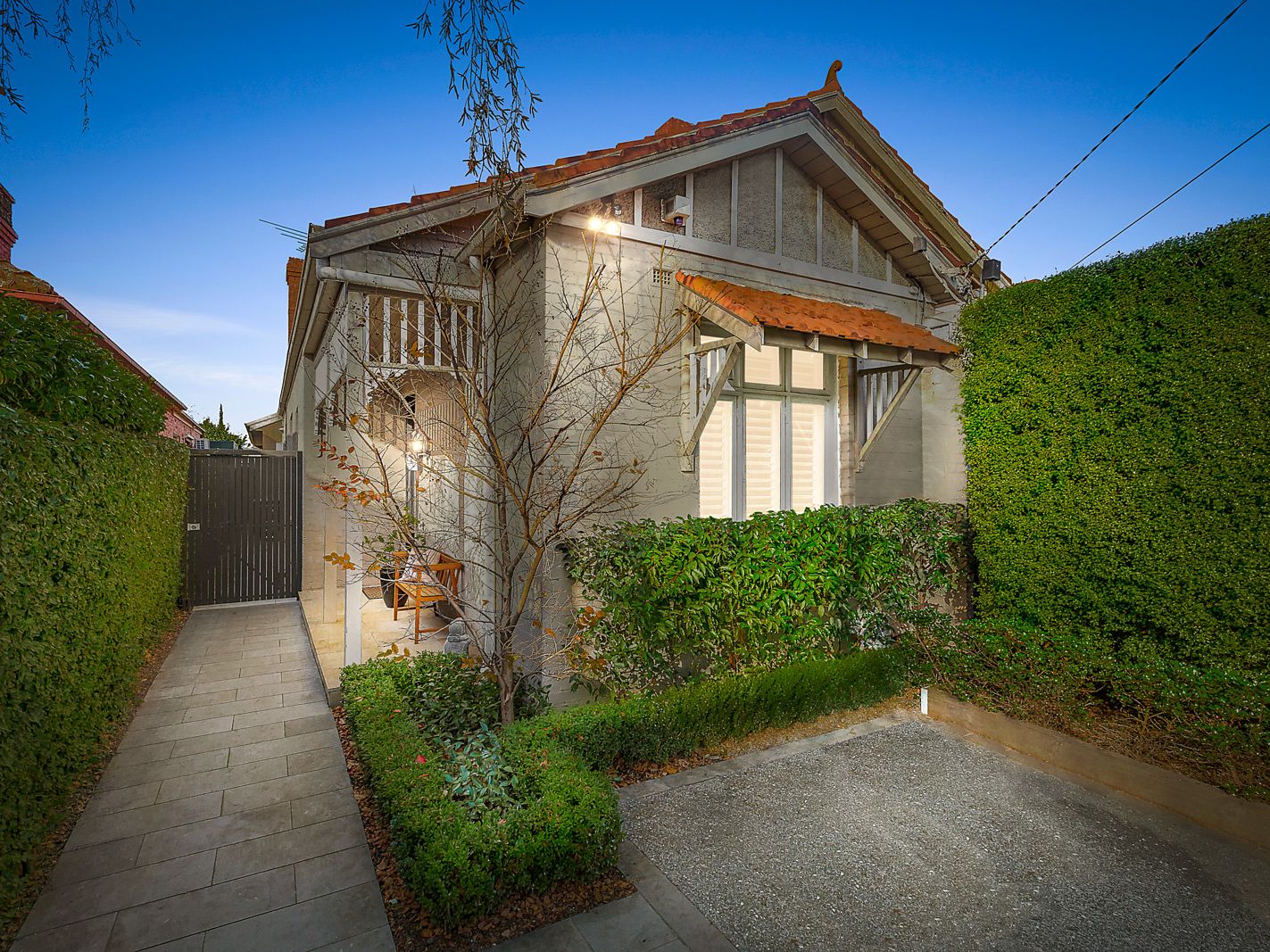
Property prices are not expected to fall anytime soon. Picture: realestate.com.au/buy
Buyers advocate and Real Estate Buyers Agents Association of Australia (REBAA) president, Cate Bakos, said property prices largely depend on supply, which has been very low in major capital cities like Melbourne and Sydney. However, she said that undersupply will start to improve leading into September and post-September because of seasonality.
“Putting coronavirus to one side, if we look at when people like to go to market it’s always when the sun is out, particularly in the southern states,” Ms Bakos said.
“I think while this year has been very, very different to normal years, we’re still going to see vendors deciding to sell when the sun is out, the flowers are out, the birds are chirping and it’s less miserable.
“If we see an emergence of buyer activity in September/October that matches seller activity then the market will have more transactions but the supply/demand ratio will remain the same.
“If sellers outstrip buyers, then that will ease conditions for buyers, and when you have eased conditions you might have some price contraction or you’ll just find that purchasing is that bit easier because of less competition.
“You’re buying the property at the reserve price or the asking price as opposed to properties exceeding the reserve price.”
There will be no rush of distressed sales
With a fiscal cliff earmarked for September, many prospective home buyers were expecting an influx of distressed sales towards the end of the year, which would have sent prices downwards.
But Ms Bakos said she never subscribed to the idea that September would be a “bloodbath”.
“If people are in grave danger with their incomes or they’ve lost their jobs and their businesses have sustained such downturns that they know that they are going to be needing to sell, they don’t typically wait for the bank to step in and force a mortgagee sale,” she said.
They’ll usually take matters into their own hands and start planning immediately. “So it’s fair to say that there have already been some of those sales,” said Ms Bakos.
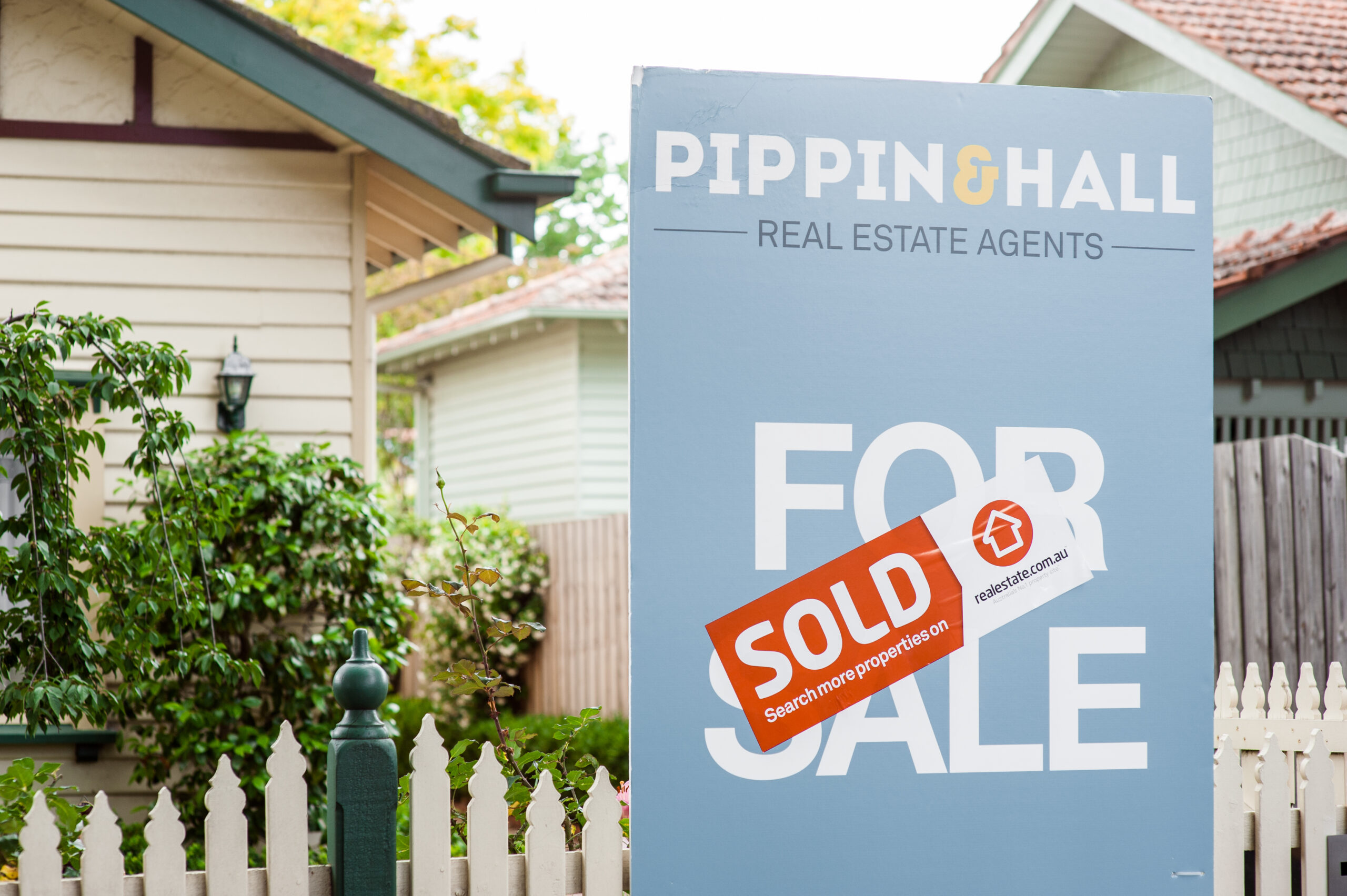
Experts say many people desperate to sell have already sold. Picture: Kate Hunter.
She added that the extension of JobKeeper has “kicked the can further down the road” for consumers.
“For anyone who was wanting to make a purchase and then thought they would wait until September or October, they might be saying to themselves, ‘We’re not going to see any wash out of this until at least March next year anyway so let’s just go and buy something now’,” she explained.
Without a clear view of the future, some home owners might be considering selling while property prices remain stable. Additionally, those facing financial hardship could be considering cutting their losses in anticipation of tough times ahead when JobKeeper and mortgage holidays taper off.
Ms Conisbee said the decision to sell ultimately depends on your situation.
“If you’re an owner/occupier [in financial hardship], I think it’s a good idea to speak to your bank earlier rather than later just to understand your position. From a bank’s perspective, there’s no benefit in mortgagee sales,” she said.
“Even if you’re an investor, if you feel like you will be unable to pay off your loan, maybe now is a good time to sell. But unless there’s a real desperate need to sell then I think it’s better to try and work through it rather than dispose of the property.
“Look at the available options, particularly given the banks are being fairly accommodating for most people… a lot of banks are now looking at interest only, which will help a lot of people get through periods of unemployment.”
Landlords could grow tired of vacant rentals
Since mid-March, the health pandemic has seen several industries, namely tourism, education and hospitality, come near to a grinding halt. As a result of job losses, many tenants have found themselves unable to afford their rent, reducing demand in the rental market and leading to an increase in vacant homes.
With increased unemployment on the horizon, and reduced rates of government stimulus to support virus-hit Australians, it’s likely that more tenants will be forced to vacate their homes in pursuit of cheaper accomodation.
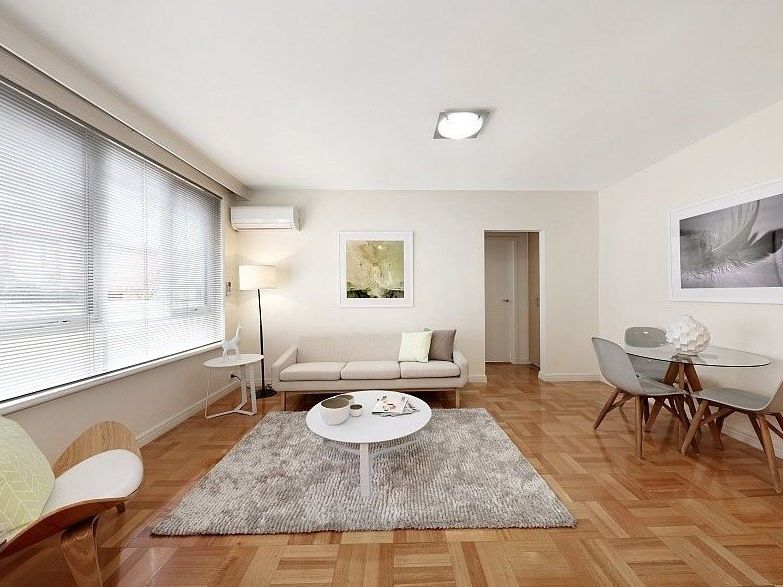
There could be an influx of apartments on the market as landlords struggle to fill vacant rentals. Picture: realestate.com.au/rent
Pete Wargent, buyers advocate and co-founder of Buyers Buyers – an online portal connecting home buyers with buyers advocates, launching in August – said the influx of rental vacancies, particularly in big cities like Melbourne and Sydney, could lead to an increased number of apartments on the market in the coming months, despite the extension of support measures.
“People can stomach rental vacancies for a while, but there does come a pain point eventually where landlords would rather sell. And so I think just the sheer number of vacancies in the apartment market will actually force more stock onto the market,” Mr Wargent said.
First-home buyers will drive the property market
Record-low interest rates and other government incentives, such as the new HomeBuilder scheme, have created a favourable environment for buyers who still have reliable employment amid COVID-19, particularly first-home buyers.
“There’s an awful lot of stimulus being tipped into the first-home buyer segment… so that’s really going to be the driver, which suggests that the property market will be supported from the bottom end up,” Mr Wargent said.
“There’s all kinds of different measures around the country and states being rolled out in terms of stamp duty, the 5% deposit scheme, government grants and so on. So I’d say the biggest share of buyer activity in the next year will be from first-home buyers.”
Support measures unpacked
Aside from the early weeks of the coronavirus pandemic, July has arguably been the biggest month when it comes to announcements that will impact property. Here is a breakdown:
JobKeeper wage subsidy and JobSeeker supplement
On 21 July, the federal government announced the JobKeeper wage subsidy would continue for a further six months until March 2021, but payments will be reduced from $1,500 to $1,200 a fortnight after September. People working fewer than 20 hours a week will receive $750.
In the first three months of 2021, the payments will drop to $1,000 a fortnight, and $650 a fortnight for people working fewer than 20 hours a week.
The $550 JobSeeker coronavirus supplement will continue for another three months beyond September but will be cut by $300 reducing the payment to $250 a fortnight – meaning people on the program will receive $815 a fortnight after September.
Mortgage loan holidays
On 8 July, the Australian Banking Association announced that Australian bank customers with reduced incomes and ongoing financial difficulty due to COVID-19 will be able to extend their mortgage deferrals by up to four months.
This next phase of loan holidays will not be automatic and banks will contact customers as they approach the end of their deferral period, to help them find the best options to restructure or vary their loan.
Options may include:
- Extending the length of the loan
- Converting to interest-only payments for a period of time
- Consolidating debt
- A combination of these and other measures
Customers who can restart paying their loans will be required to do so at the end of their six-month deferral period.
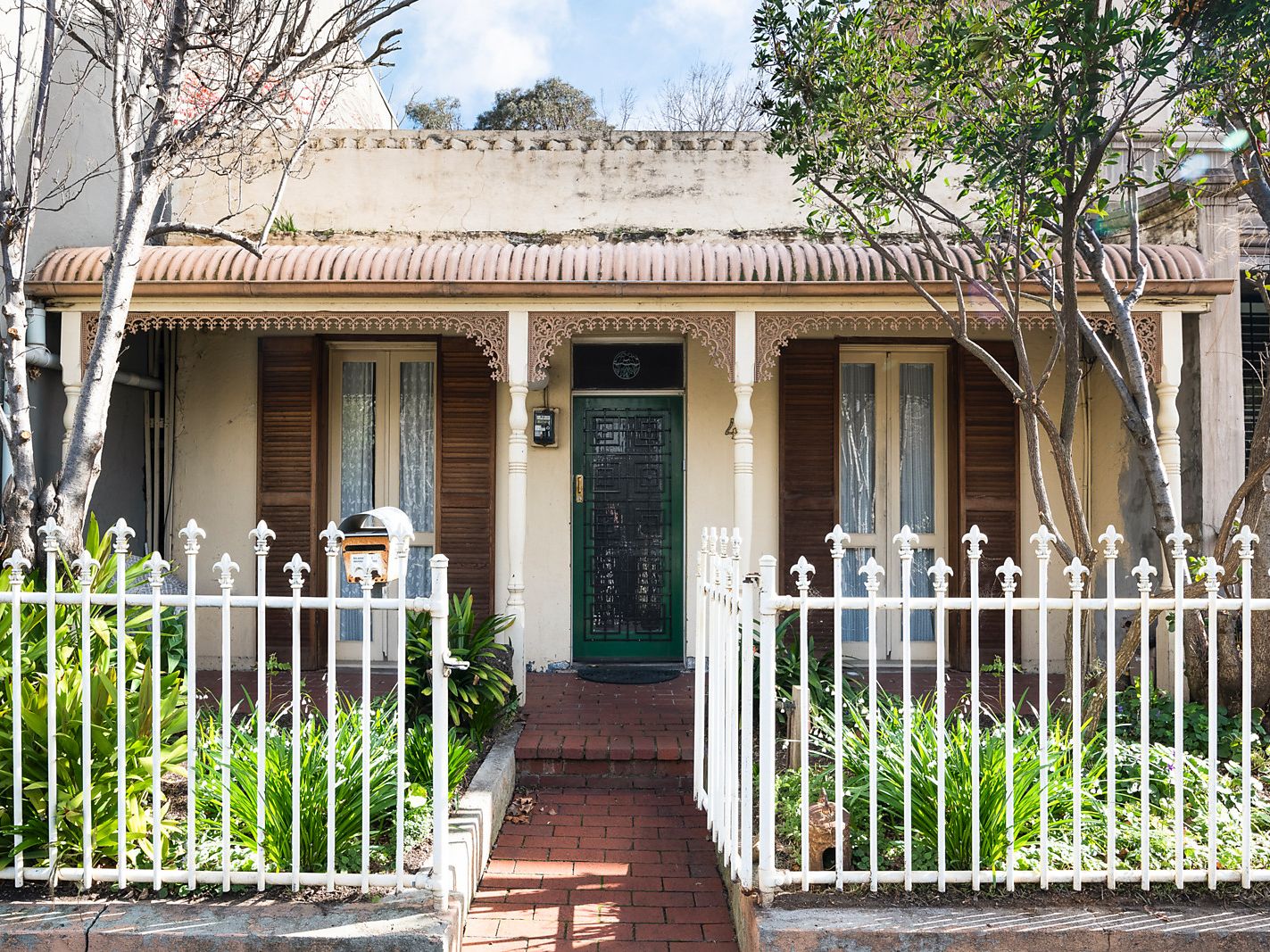
Eligible bank customers will be able to extend their mortgage deferrals by up to four months. Picture: realestate.com.au/buy
Further stamp duty exemptions in NSW
On 27 July, the NSW government announced stamp duty will be temporarily abolished for first-home buyers purchasing newly built properties.
Commencing 1 August, the threshold above which stamp duty will be charged on new homes for first-home buyers will increase from the current $650,000 to $800,000, with the concession reducing on higher values before phasing out at $1 million.
The stamp duty threshold on vacant land will rise from $350,000 to $400,000 and will phase out at $500,000.
The 12-month initiative will only apply to newly built homes and vacant land, not to existing homes.
The post The ‘September slope’ and what it means for the property market appeared first on realestate.com.au.

